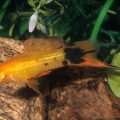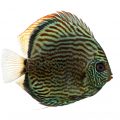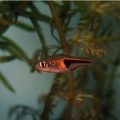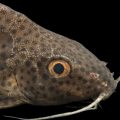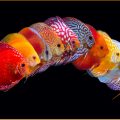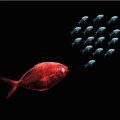Contents of piranhas in the aquarium
Piranhas are predatory freshwater fish native to South America. Adult specimens grow up to 28 cm. Life expectancy, depending on the species, ranges from 6 to 16 years.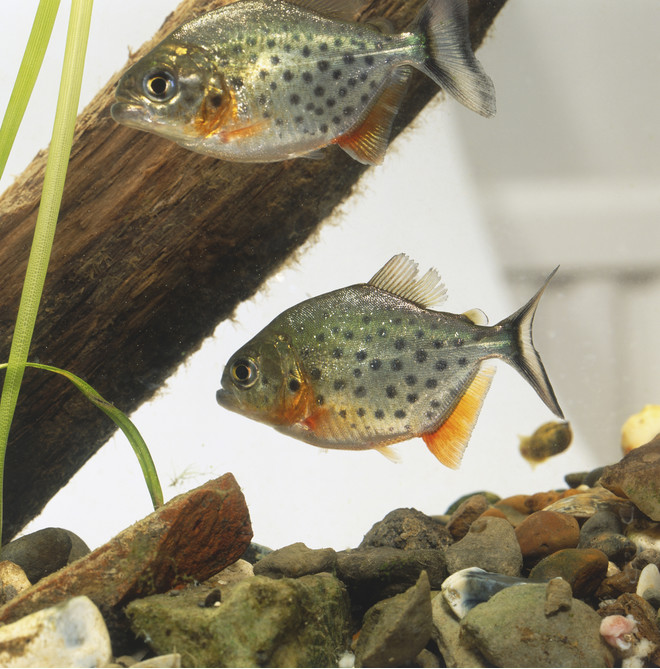 Piranhas in an aquarium need company. Photo: GettyThe most common aquarium piranhas are the following species:
Piranhas in an aquarium need company. Photo: GettyThe most common aquarium piranhas are the following species:
- piranha ordinary;
- red paku;
- metinnis lunar and common.
These species are calmer in nature than theirtheir natural habitat. Fish need space to move. For every 2-3 cm of the body of an adult, 7-8 liters of water are needed. Therefore, buy aquariums from 100 liters to keep a school of piranhas. If they do not have enough space, they attack their fellows. It is difficult to get offspring in an aquarium. This requires very soft water with an acidic reaction. Piranhas are schooling predators. Therefore, get 6-8 individuals at once. Loneliness makes them timid and reduces their life expectancy. Place driftwood in the aquarium, make caves and shelters from stones, plant dense vegetation. Piranhas need places to hide. Piranhas are sensitive to temperature. It should be within 24-28 C. Therefore, buy a water heater and a thermometer. Long stay in cold or very warm water leads to illness and death. Also provide high-quality filtration and powerful aeration.
What to feed a piranha in an aquarium
The fish are not picky about food. However, they should not be overfed. To keep the water clean, remove any uneaten remains after feeding. Piranhas are fed once a day for only 2–3 minutes. Suitable food:
- tadpoles;
- shrimp;
- earthworms;
- frozen fish;
- beef.
Cut the meat and fish into pieces.You can also make mince from fish and add carrots and spinach to it. Do not feed piranhas with freshwater fish, so that parasites do not appear. Also, you cannot give them only beef. It disrupts the metabolism and will lead to loss of color. Bloodworms and tubifex worms are suitable for small piranhas. On average, piranhas eat food equal to their body weight. Periodically conduct fasting days so as not to provoke obesity. If the fish are reluctant to eat, then check the water temperature. Proper care and feeding will ensure the health and mobility of these unusual fish. Also interesting:




